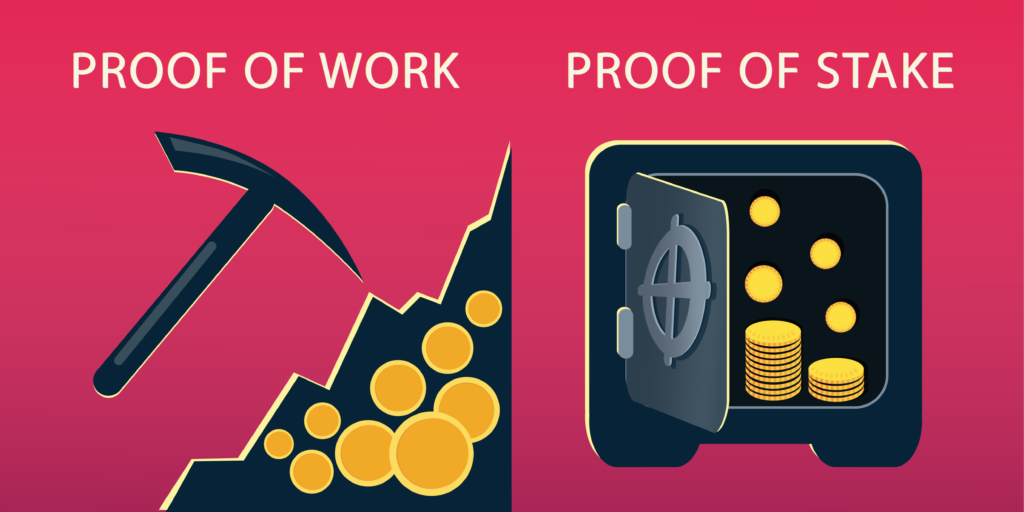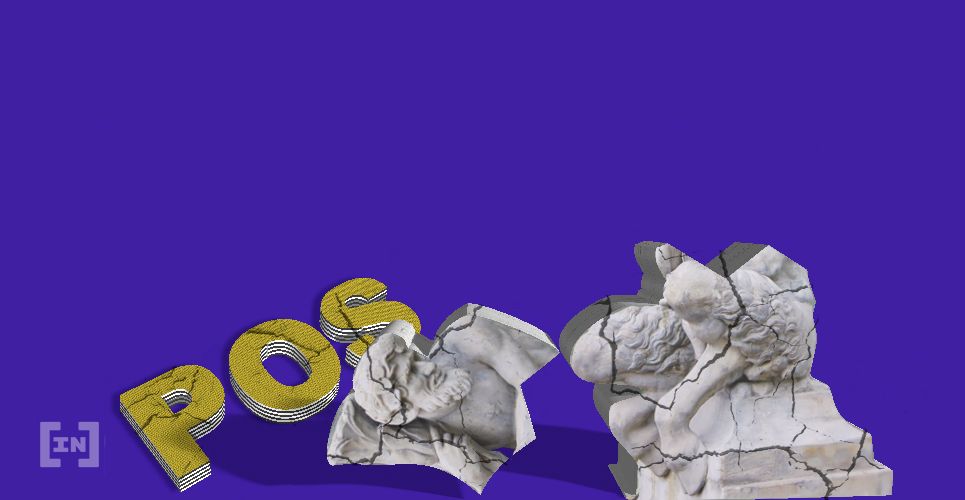Ethereum’s long awaiting switch to the Casper protocol is looming on the cryptocurrency horizon. While an exact release date for Casper and Ethereum’s sharding implementation that will quickly follow are still pending, it is possible that this massive switch/upgrade, which will affect the entire Ethereum network, is the cause of the flurry of activity and conversation on Twitter regarding proof of stake (PoS) consensus mechanisms.
In one particular tweet, blockchain thought leader and Adamant Capital founder and CEO Tuur Demeester addresses the PoS trilemma. This trilemma postulates that blockchain platforms that use PoS consensus protocols, while they offer distinct advantages over proof of work (PoW), do have limitations.
https://twitter.com/TuurDemeester/status/1078469234290814977
A Simple Comparison
General contractors know that the average homeowner is looking for inexpensive, fast, and high-quality construction when planning a remodel or home-improvement project. They tell homeowners that they can have fast and inexpensive work, fast and high-quality work, or inexpensive and high-quality work. They cannot have all three. According to Demeester, PoS consensus is not dissimilar to this. With options of low transaction fees, low inflation, and high staking participation, two out of three features must be prioritized. PoS is not capable of supporting all three features at once. Yet all three are important.
Explaining the Trilemma
Low transaction fees are not just an attractive feature for investors. They are absolutely critical for anyone wishing to use crypto as a digital currency for day-to-day transactions. Experts agree that widespread adoption of cryptocurrency by the masses, for payment purposes, is critical to its success. Even more important for the Ethereum platform is its role in supporting smart contract development and execution. Smart contract users count on blockchain as an inexpensive, yet reliable, method to conduct business transactions. The more expensive each transaction becomes, the less likely users are to select smart contracts as a tool of choice for operational needs Low inflation is another blockchain feature, the importance of which goes without saying. Some argue that blockchain-based distributed ledger currencies are inflation-proof. However, this does not take into account the fact that both PoW and PoS consensus mechanisms automatically generate new coins with each block. If mining activity is high, inflation can be amplified. Unfortunately, the digital nature of cryptocurrency and, particularly, the PoS reward system for validation makes some degree of inflation an inevitable factor in crypto mining. High staking participation is the final segment of the PoS trilemma. The premise of PoS consensus mechanisms really lies in the theory that anyone with a high stake in the platform will also work toward its best interests, as the staked miners will stand to benefit from the platform’s success. While larger mining participation, common amongst PoS platforms, does improve security, it also opens up the platform to inflation risks through disparity of rewards. Miners who hold the most stake in a token receive the highest rewards, potentially leading to not only a lack of profitability for lower-stakes miners, but also decreasing the possibility of diverse mining participation as miners with less stake drop out of the game.
Is Casper the Solution?
Why would Casper be the cause of this? Casper is essentially a hybrid PoW and PoS consensus mechanism. It was developed by Buterin himself, the co-creator of Ethereum, and was designed to solve some of the more limiting aspects of both the PoS and PoW consensus protocols. PoW issues, such as high energy costs and unwieldy, time-consuming mining transactions, will be solved. PoS problems such as “Nothing at Stake,” where a miner can bet on a malicious chain with zero repercussions, are also addressed and fixed. However, finality and consensus cost reduction are the two main advantages Casper offers the Ethereum network.
Casper is designed to work in a trustless system and is Byzantine Fault Tolerant. In other words, nodes can communicate throughout the network with confidence that the same data is being displayed everywhere. This also supports finality, the principle that transactions completed within the system can be trusted as accurate. This is particularly important when mitigating risks such as 51 percent attacks and other malicious mining practices.
Cost reduction is also a key advantage to the Casper protocol. PoW is prohibitively expensive, and developers have found no way around the limits PoW mining costs present. Moving to a partial PoS system will reduce costs to the point that purchasing, trading, and contract fulfillment flexibility will be enabled to an enormous degree.
[bctt tweet=”With Ethereum’s upcoming conversion to the new Casper protocol, conversations around proof of stake are happening at an important time.” username=”beincrypto”]
As of May 2018, Ethereum boasts more active users than Bitcoin. A lot of people will be affected by this transition, and the more awareness is generated, the better.
Think Casper presents a real solution to the PoS trilemma? Let us know in the comments below!
However, finality and consensus cost reduction are the two main advantages Casper offers the Ethereum network.
Casper is designed to work in a trustless system and is Byzantine Fault Tolerant. In other words, nodes can communicate throughout the network with confidence that the same data is being displayed everywhere. This also supports finality, the principle that transactions completed within the system can be trusted as accurate. This is particularly important when mitigating risks such as 51 percent attacks and other malicious mining practices.
Cost reduction is also a key advantage to the Casper protocol. PoW is prohibitively expensive, and developers have found no way around the limits PoW mining costs present. Moving to a partial PoS system will reduce costs to the point that purchasing, trading, and contract fulfillment flexibility will be enabled to an enormous degree.
[bctt tweet=”With Ethereum’s upcoming conversion to the new Casper protocol, conversations around proof of stake are happening at an important time.” username=”beincrypto”]
As of May 2018, Ethereum boasts more active users than Bitcoin. A lot of people will be affected by this transition, and the more awareness is generated, the better.
Think Casper presents a real solution to the PoS trilemma? Let us know in the comments below!
Disclaimer
In adherence to the Trust Project guidelines, BeInCrypto is committed to unbiased, transparent reporting. This news article aims to provide accurate, timely information. However, readers are advised to verify facts independently and consult with a professional before making any decisions based on this content. Please note that our Terms and Conditions, Privacy Policy, and Disclaimers have been updated.

Jon Buck
With a background in science and writing, Jon's cryptophile days started in 2011 when he first heard about Bitcoin. Since then he's been learning, investing, and writing about cryptocurrencies and blockchain technology for some of the biggest publications and ICOs in the industry. After a brief stint in India, he and his family live in southern CA.
With a background in science and writing, Jon's cryptophile days started in 2011 when he first heard about Bitcoin. Since then he's been learning, investing, and writing about cryptocurrencies and blockchain technology for some of the biggest publications and ICOs in the industry. After a brief stint in India, he and his family live in southern CA.
READ FULL BIO
Sponsored
Sponsored
